13 Fascinating Facts About Roses You Probably Didn’t Know
Roses have fascinated people for centuries with their beauty, fragrance, and symbolism. They appear in stories, gardens, and even science in ways that might surprise you. From ancient uses to modern genetics, roses carry secrets that make them more than just pretty flowers. The history of roses stretches back millions of years, and their presence can be found all over the globe. They have influenced culture, medicine, and even the economy.
This post may contain affiliate links, which helps keep this content free. Please read our disclosure for more info.
Roses Are Millions of Years Old

Fossil evidence shows that roses existed more than 35 million years ago. They have been found preserved in places such as North America, proving that roses thrived long before humans began cultivating them. These ancient traces highlight just how resilient roses have been through natural changes in climate and geography.
What makes this even more fascinating is that despite their age, roses continue to evolve into countless varieties today. Their survival across millennia makes them one of the most enduring flowers in history. This long lineage has allowed roses to spread across continents and remain a symbol in many cultures.
Roses Were First Cultivated in China
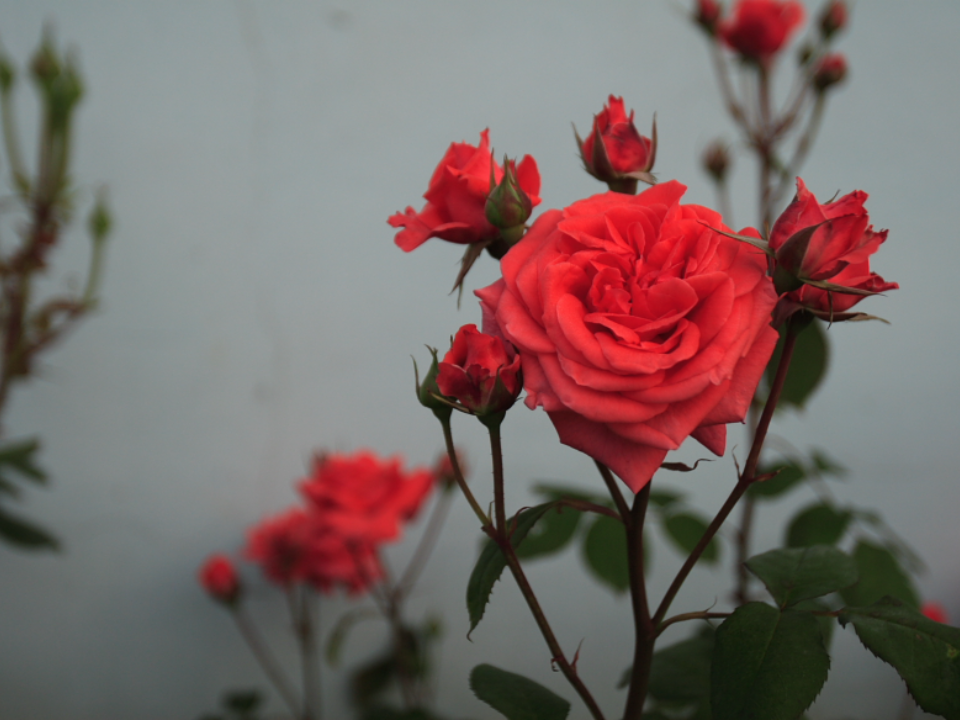
The first known cultivation of roses happened in China around 5,000 years ago. Historical records show that emperors and nobles planted roses in their gardens for beauty and fragrance. Their popularity grew quickly, and the flower became an important part of Chinese culture.
From there, the tradition of growing roses spread to other parts of Asia and eventually Europe. Traders carried roses along ancient routes, allowing the plant to gain recognition across borders. This journey marked the beginning of roses becoming a global symbol of love and admiration.
Roses Are Related to Apples and Cherries
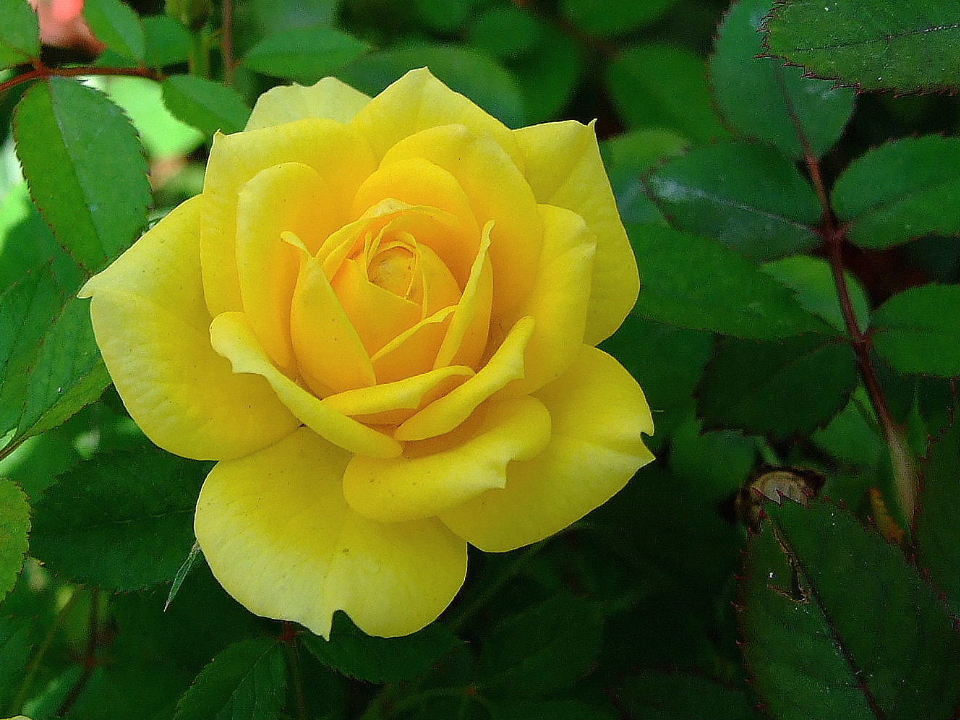
Roses belong to the Rosaceae family, which also includes apples, cherries, peaches, and almonds. This botanical connection explains why rose hips, the fruit of the rose plant, are edible. Their structure and nutritional value share traits with other fruits in the same family.
Gardeners and scientists alike find this connection interesting because it shows how diverse the rose family is. The shared traits link flowers and fruits that seem very different at first glance. This relationship makes roses more significant beyond their ornamental value.
The Largest Rose Bush Covers Thousands of Square Feet

In Tombstone, Arizona, there is a rose bush that spreads across more than 9,000 square feet. Planted in the late 1800s, it has grown into the largest rose bush in the world. Its thick canopy of white blossoms draws visitors every year.
The sheer size of this plant demonstrates how powerful rose growth can become when given the right conditions. Its long lifespan and remarkable spread have turned it into a local landmark. For many people, it stands as proof of the rose’s natural strength and beauty.
Roses Have Been Used as Medicine
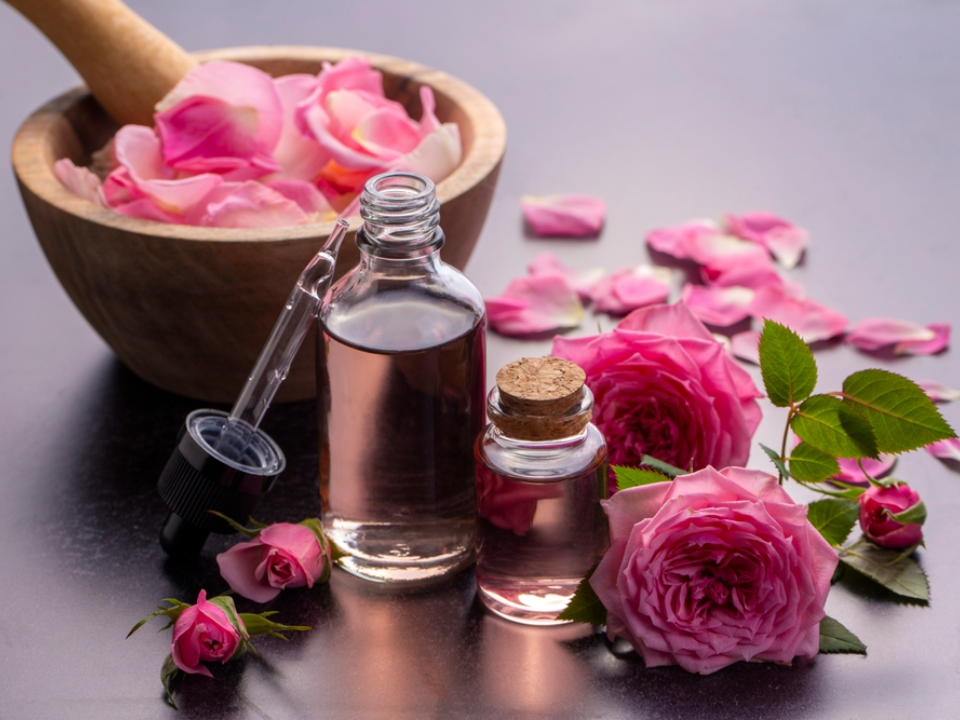
For centuries, people used roses for their medicinal properties. Rose petals and rose oil were common ingredients in traditional remedies for headaches, digestion problems, and skin issues. Ancient civilizations valued roses for their healing abilities as much as their beauty.
Even today, rose oil and rose water are still found in skincare and natural health products. The calming qualities of roses make them a favorite in herbal practices. Their role in medicine shows that roses have always been more than decorative plants.
The Oldest Rose Still Blooms Today
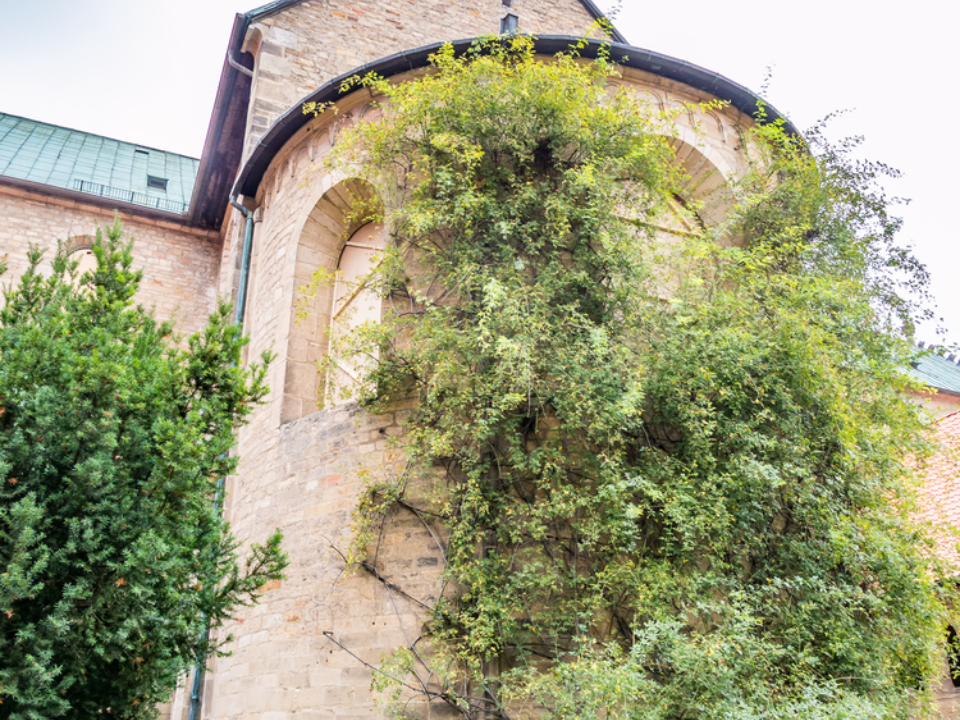
In Germany, there is a rose that has been growing for more than 1,000 years. Known as the Thousand-Year Rose, it continues to bloom outside the Hildesheim Cathedral. Its long life is a symbol of endurance and faith.
This ancient rose has survived wars, fires, and changing weather through the centuries. Scientists have studied its roots, which remain strong and healthy despite its age. The plant’s survival demonstrates the incredible resilience of roses.
Rose Oil Is Extremely Valuable
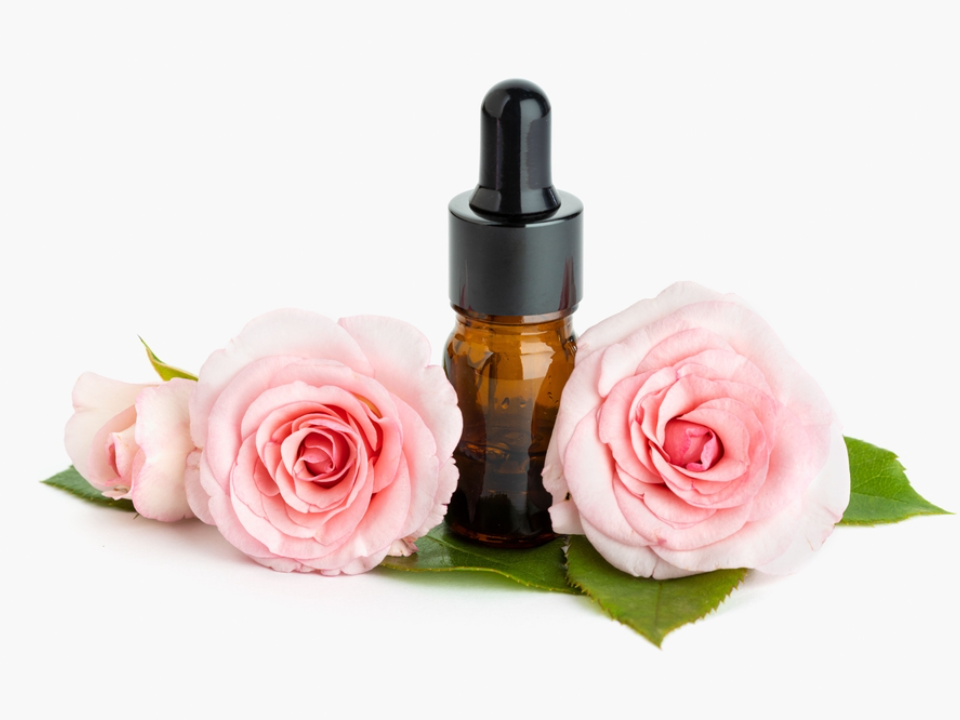
It takes about 60,000 roses to produce just one ounce of rose oil. This makes it one of the most expensive essential oils in the world. The process is labor-intensive and requires careful handling of delicate petals.
The rarity of this oil has kept its price high for centuries. Today, rose oil is widely used in perfumes and luxury products. Its value shows how much effort and time go into producing even small amounts.
Roses Have a Language of Their Own

The Victorian era popularized the use of roses to express feelings without words. Each color and type of rose carried a specific meaning. For example, red roses symbolized love, while yellow roses expressed friendship.
This “language of flowers” gave people a way to communicate privately. Many letters and gifts from that time included roses as secret messages. The tradition continues today, with people still associating roses with emotions.
The World’s Most Expensive Rose Took Years to Create
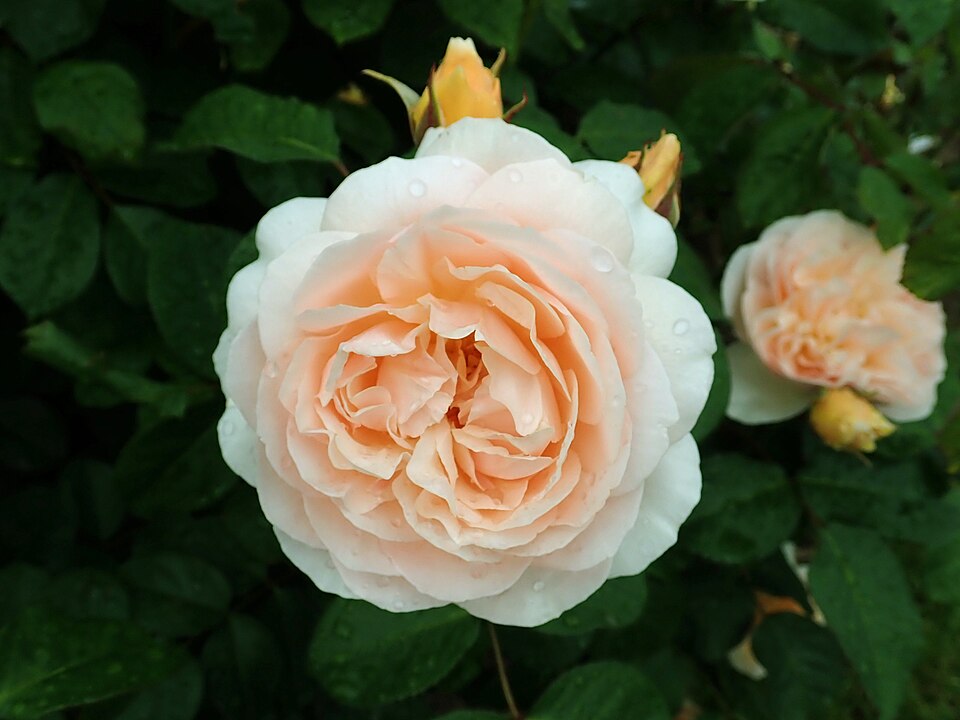
The Juliet rose, developed by breeder David Austin, took more than 15 years to create. It was unveiled in 2006 and is valued at over $15 million. Its delicate peach color and layered petals make it one of the most admired roses.
This rose highlights the dedication that goes into rose breeding. The effort and investment show the cultural and financial value placed on unique roses. It remains a symbol of luxury and artistry in the floral world.
Roses Are National Symbols
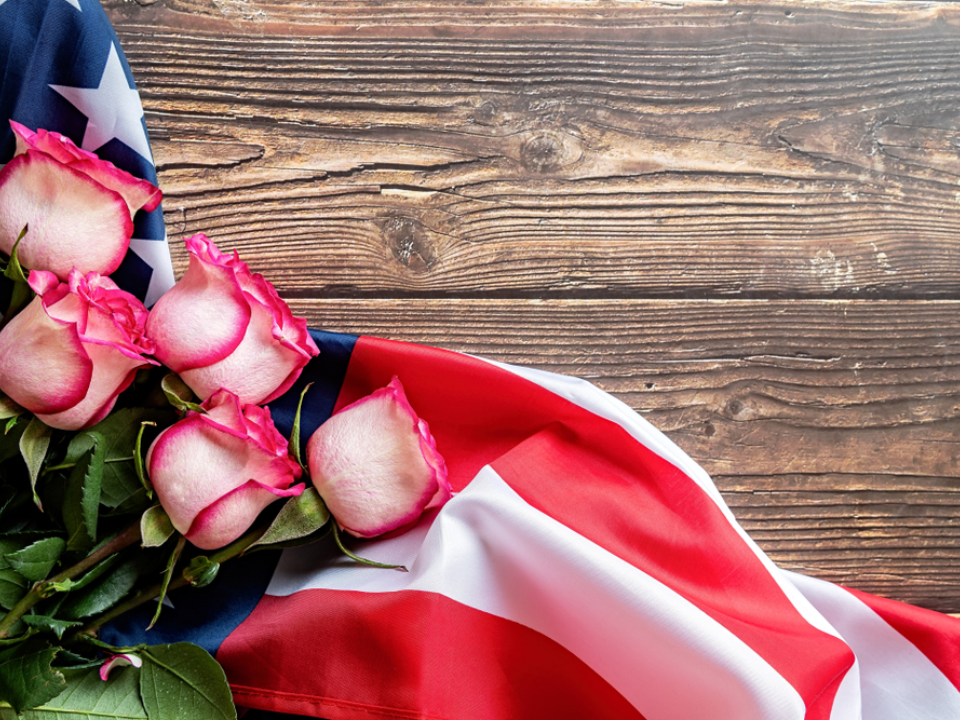
Several countries have adopted the rose as their national flower. The United States, England, and Iran are just a few examples. The rose represents love, beauty, and heritage in these cultures.
The widespread use of the rose as a national symbol shows its universal appeal. Its presence on emblems, flags, and monuments connects people through shared meaning. Roses hold a special place in both personal and national identity.
There Are Thousands of Rose Varieties
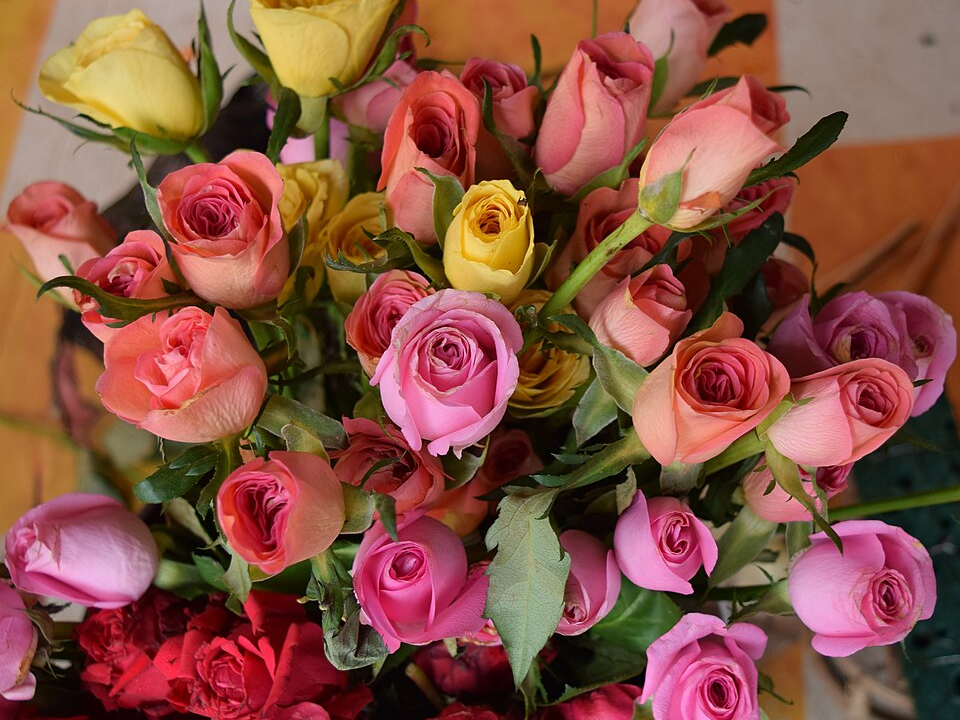
Over 30,000 varieties of roses exist worldwide today. Breeders continue to create new hybrids with different shapes, colors, and fragrances. This diversity makes roses one of the most varied plants in the world.
Such variety allows roses to be used for every occasion, from weddings to memorials. Their endless range of forms keeps them relevant across cultures and time periods. Roses remain unmatched in their ability to adapt to human preferences.
The Tallest Rose Grew Over 28 Feet High
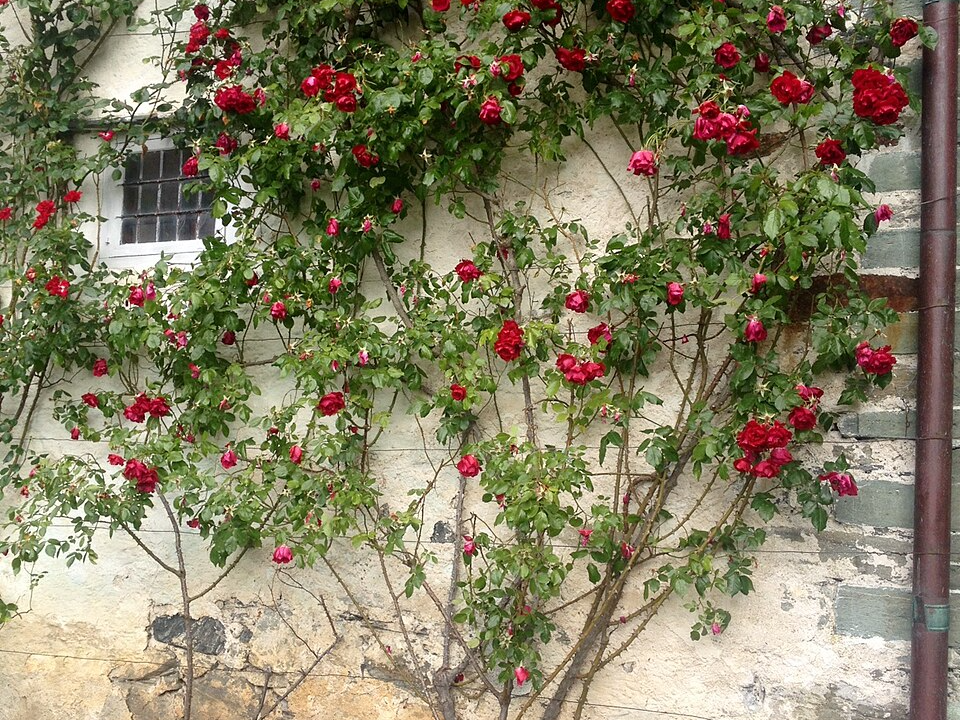
According to records, the tallest rose bush grew more than 28 feet high. This impressive height was documented in Germany. The plant’s towering presence made it stand out in its environment.
Such growth shows how roses can flourish when nurtured properly. While most garden roses remain compact, this example proves that roses have the potential to surprise with their size. It inspires gardeners to see what roses are capable of under the right conditions.
Black Roses Do Not Exist Naturally
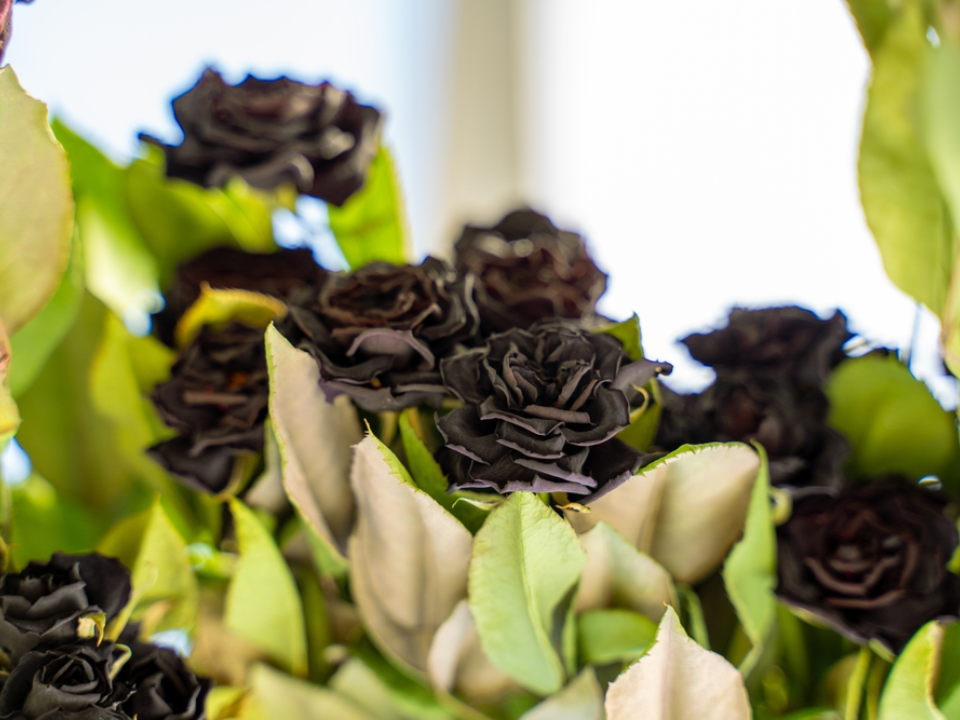
Despite their reputation, true black roses do not exist in nature. The flowers that appear black are usually very dark shades of red or purple. Their mysterious appearance comes from careful breeding and selective growth.
Black roses carry strong symbolism in stories and culture. They often represent mystery or farewell. Their rarity adds to their appeal, even though they are not naturally occurring.
This article originally appeared on Avocadu.
